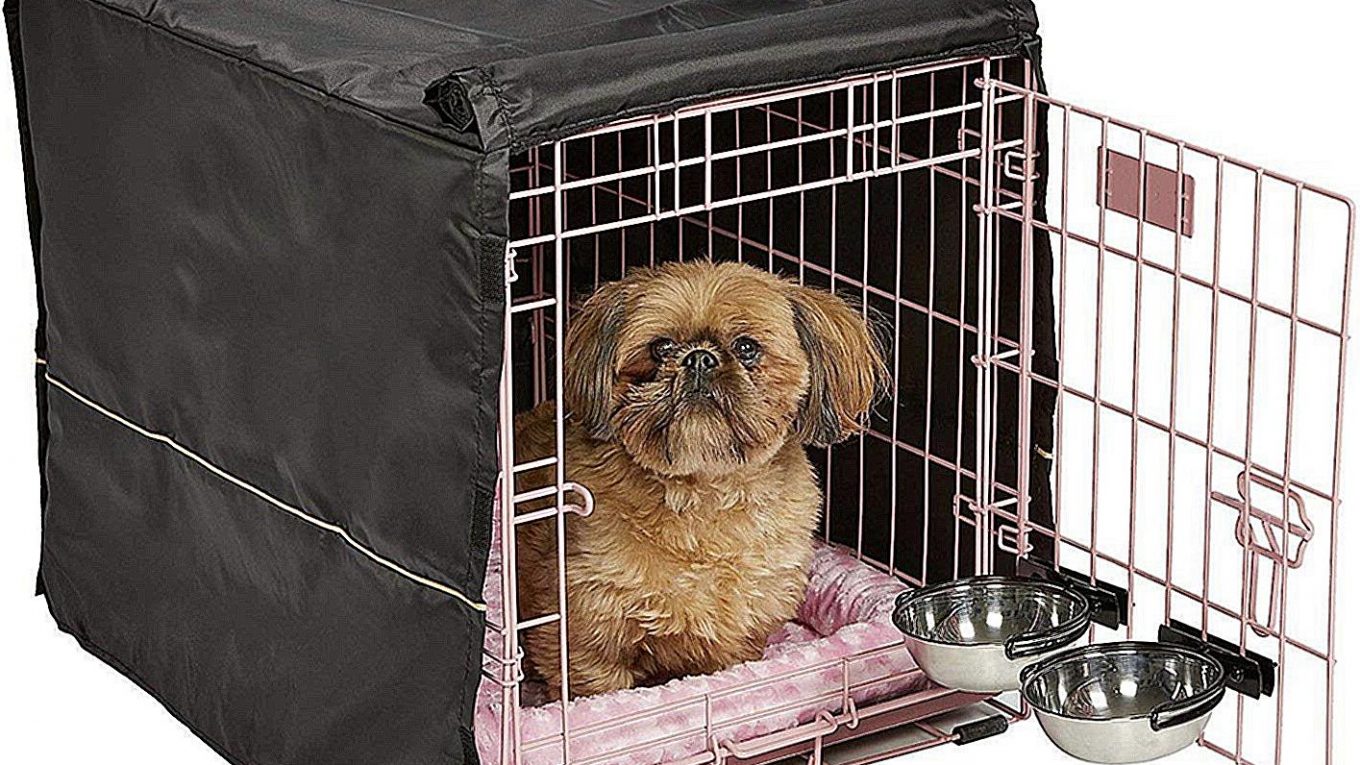What to Do If My Dog Goes Crazy in Its Crate?
Are you dealing with a frantic pup that barks and howls when put in its crate? It can be an incredibly frustrating experience for both you and your dog.
But don’t worry, there are ways to help calm your pup and make the crate a peaceful and secure environment.
In this blog post, we’ll explore what to do if your dog goes crazy in its crate.
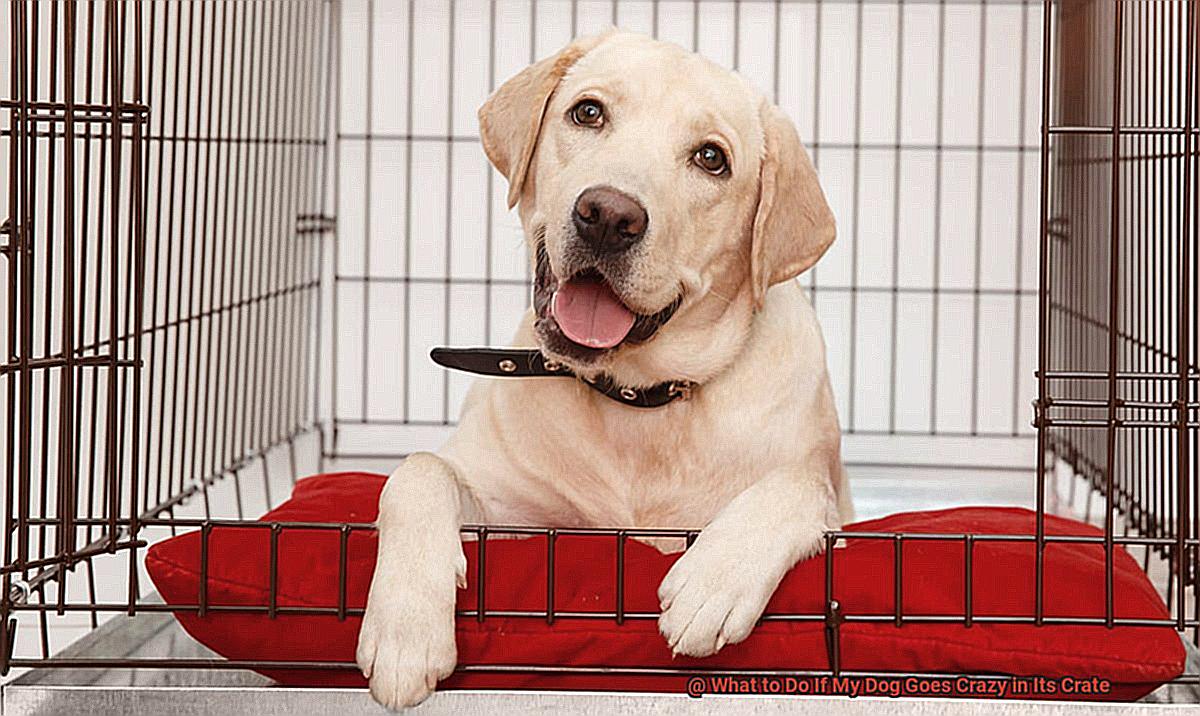
From finding out why they’re behaving this way to providing enrichment tips, we’ll cover everything you need to know.
So let’s get started.
Identifying the Causes of Crate Anxiety
Contents
- 1 Identifying the Causes of Crate Anxiety
- 2 Training Your Dog to Become Comfortable in its Crate
- 3 Taking Steps to Reduce Stress and Anxiety in the Crate
- 4 Creating a Positive Experience for Your Dog in the Crate
- 5 Using Calming Treats and Toys to Soothe Your Dog
- 6 Keeping an Eye on Your Dog’s Behavior When In The Crate
- 7 Seeking Professional Help If Needed
- 8 Conclusion
Crate anxiety can be a source of distress for both dogs and owners alike.
Understanding the causes of this issue is key to finding the best solution.
There are many possible causes for crate anxiety in dogs, including fear of being alone, fear of loud noises, and fear of unfamiliar surroundings.
It’s important to identify the root cause before attempting to treat it.
Separation anxiety is often the primary culprit when it comes to dogs going crazy in their crates.
To help reduce this type of anxiety, owners should provide plenty of mental stimulation and exercise to keep their pup’s minds active and healthy.
Fear of loud noises can also lead to crate anxiety in dogs.
Playing music or providing soft toys may help distract your pup from loud noises such as thunderstorms or fireworks.
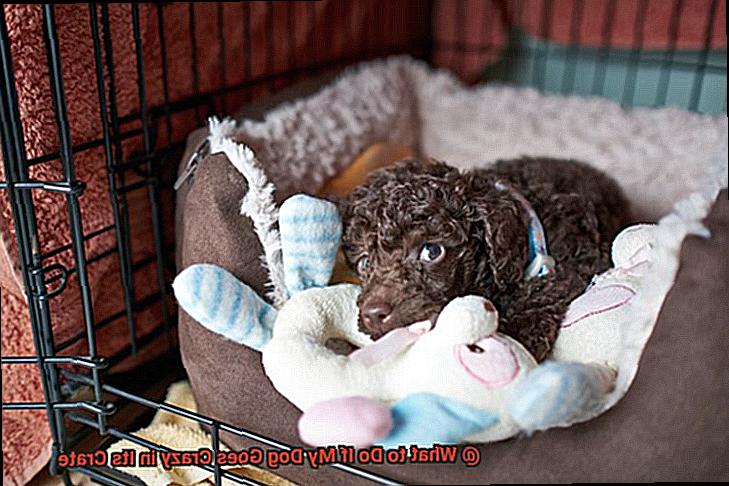
Fear of unfamiliar surroundings is another common cause for crate anxiety.
If you’re moving house or introducing your dog to a new environment, make sure they have familiar items such as blankets and toys that smell similar to home.
Finally, lack of exercise can also contribute to crate anxiety in dogs.
Exercise helps reduce stress and provides mental stimulation which can minimize the chances of your dog becoming anxious in its crate – think of it as a “workout for the mind.”
Training Your Dog to Become Comfortable in its Crate
Crate training your pup can be a daunting task, but with the right approach, your dog can learn to love their own space.
Start by introducing them to the crate with positive reinforcement – use treats, verbal praise and lots of love to make it a positive experience.
Gradually increase the time they spend in the crate, starting with just a few minutes at first.
If they start to show signs of distress, take a break and try again later.
To make the crate more inviting, add toys, blankets and treats so they feel safe and cozy inside.
Exercise is also essential – regular walks or playtime sessions will help keep them relaxed in their crate.
Taking Steps to Reduce Stress and Anxiety in the Crate
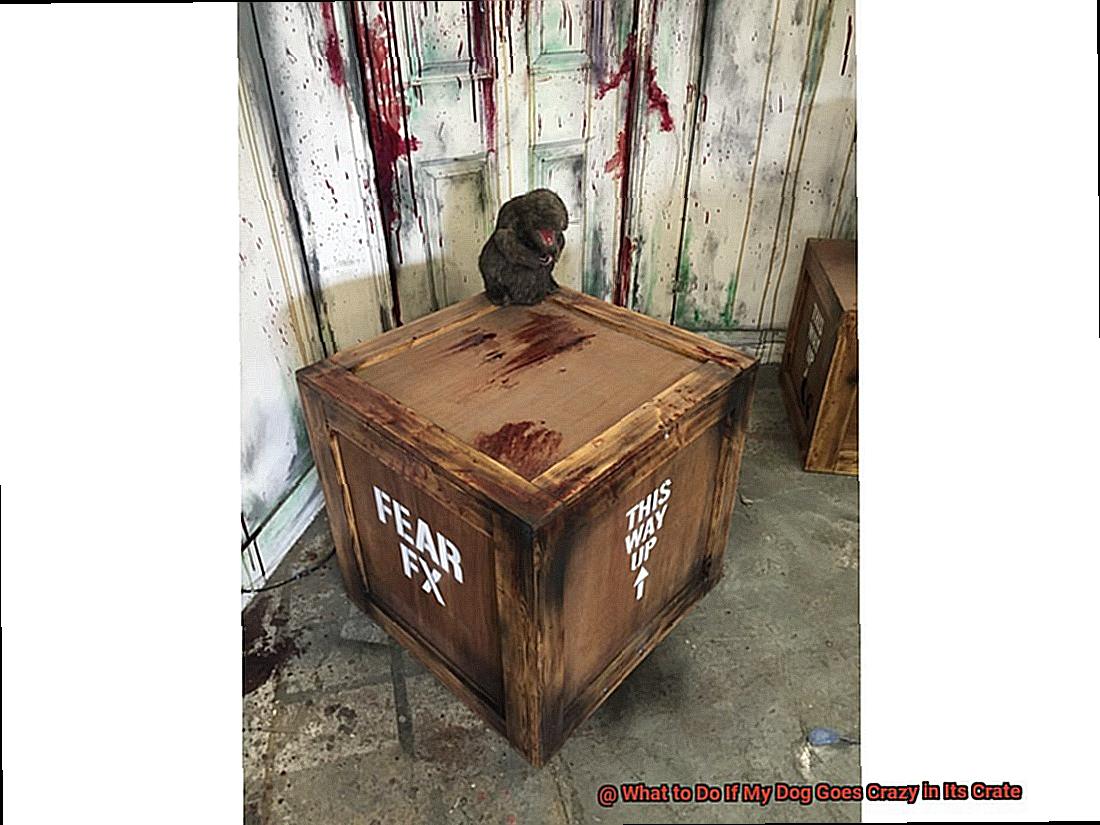
Crating can be a stressful and anxious experience for both you and your pup.
But with a few simple steps, you can help reduce stress and anxiety in the crate.
First of all, create a positive association with the crate.
Start slowly by introducing your dog to their den, offering treats and praise whenever they enter.
This will help them feel more secure and safe when they are inside it.
Make sure your pup gets enough exercise and mental stimulation before being crated up.
This will help them relax more easily in their cozy little den.
Provide comfortable bedding, toys, and treats for your pup to enjoy while inside the crate.
This will make them feel at home and secure when they’re in there.
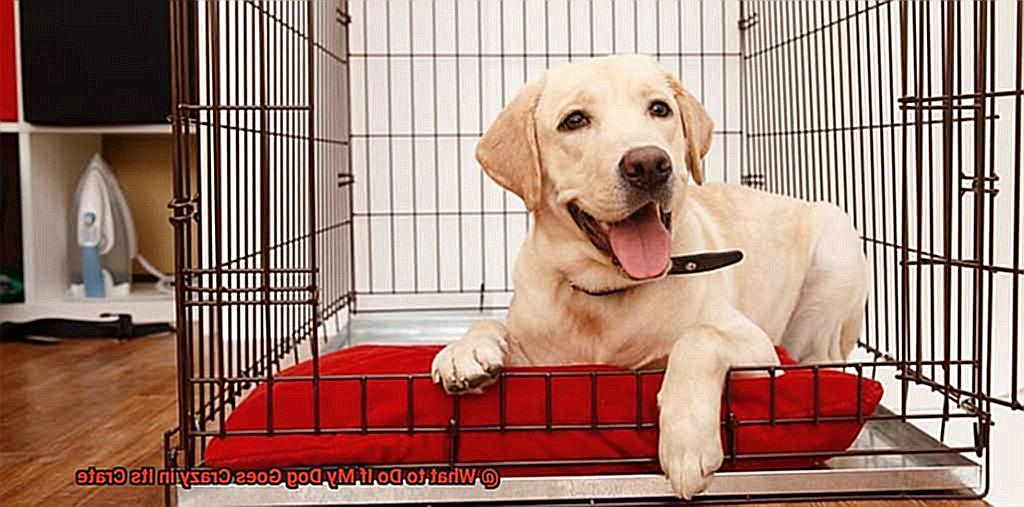
To desensitize your dog from being left alone in the crate, start by leaving them alone for short periods of time if you are still nearby or in the room.
Gradually increase the length of time until they are comfortable being left alone for longer periods of time without feeling anxious or worried about it.
Lastly, there are several calming aids available such as pheromone sprays, calming music, and special treats that can help reduce stress levels in dogs when they’re crated up – similar to giving a hug to a scared puppy.
Creating a Positive Experience for Your Dog in the Crate
Creating a positive experience for your pup in the crate is essential for their safety and security.
With a little effort, you can make it an enjoyable experience for your dog.
Begin by making the crate more inviting and comfortable.
Place some toys and treats inside to help your pup associate the crate with positive experiences.
Make sure it’s not too large, as this can make your pup feel uneasy.
Allow your dog to explore their new space without being rushed or stressed.
When they enter the crate on their own, reward them with treats and praise them for good behaviour. To keep it interesting for your pup, introduce new toys or treats every few days.
Finally, always close the door of the crate before leaving but make sure it’s not too tight to avoid causing discomfort or anxiety for your pet.
Using Calming Treats and Toys to Soothe Your Dog
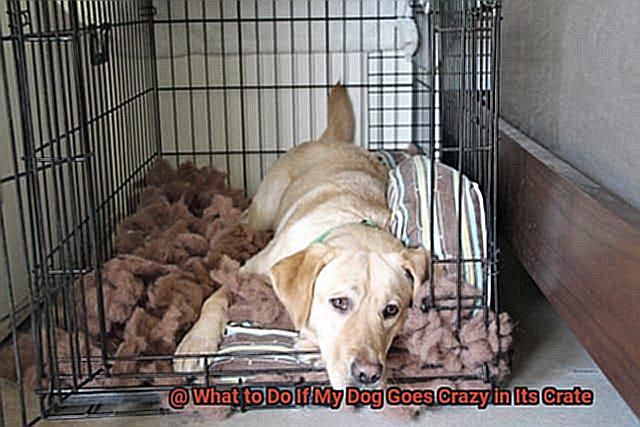
When your pup is feeling anxious, calming treats and toys can be a great way to soothe them.
These treats and toys provide comfort and relief from the stress of being left alone in their crate.
The market offers a variety of soothing treats and toys, so you’ll have to find the perfect one for your dog.
It’s like finding the missing piece of a puzzle — once you find it, everything clicks into place.
Chewing snacks are ideal for mental stimulation, while interactive puzzles help keep your pup entertained.
Plush toys are also great for giving your dog something to cuddle with when they’re down.
However, make sure you don’t give them too many treats or toys at once as this could lead to overeating or obesity.
Before leaving them alone with a new treat or toy in their crate, observe their reaction carefully.
This will ensure that they feel calm and secure rather than making them more anxious.
Keeping an Eye on Your Dog’s Behavior When In The Crate
When it comes to their furry best friend, it can be difficult for dog owners to keep an eye on their behavior when they’re in the crate.
However, it’s essential to remain vigilant and watch out for signs of anxiety such as whining, barking, and pacing.
If any of these behaviors are present, take action immediately.
To ensure that your pup’s crate is a safe haven – a place where they can relax and feel secure – try to identify the source of their anxiety and address it accordingly.
You can also provide them with a toy or treat to help them stay calm while in the crate.
Positive reinforcement is key here – reward your pup with praise or treats when they behave well inside the cage so they know it’s a positive experience.
It may take some time for your pup to become accustomed to being in the crate, but with patience and love you will help create a safe environment that will keep them happy and healthy for years to come.
Seeking Professional Help If Needed
If you’ve exhausted all the strategies to get your pup to love his crate, but nothing seems to be working, it might be time to seek professional help.
Consulting a veterinarian is the first step in determining if any medical issues could be causing the behavior.
A behaviorist or certified dog trainer can also provide a customized training plan to address the issue.
When looking for someone with experience in crating dogs, it’s important to consider their understanding of canine behavior and body language.
This person should work with you and your pup in order to create an environment of safety and trust when he’s in his crate.
It should be like a cozy home away from home. Once this trust is established, it will be much more enjoyable for your dog to spend time in his crate.
Seeking professional assistance can be like having a trusted navigator guide you through uncharted waters.
With their expertise and knowledge, you’ll know the right way forward so that both you and your pup get the best possible result.
Conclusion
It’s understandable if your pup is going crazy in its crate.
But don’t worry – there are ways to help them feel more secure and calm.
This article has covered everything you need to know, from why they may be behaving this way to giving enrichment tips.
Identifying the root cause of the disorder is key, as it will help you find the right treatment for your dog.
Training them to be comfortable in their crate is also important; start slowly by giving positive reinforcement and gradually increasing their time spent inside.
Calming products such as pheromone sprays and specific treats can reduce stress levels too.
Monitor their behavior when they’re crated up so you can take action quickly if needed.
With a little effort, you can make your dog’s crate a safe haven where they can relax and feel loved even when you aren’t around.
